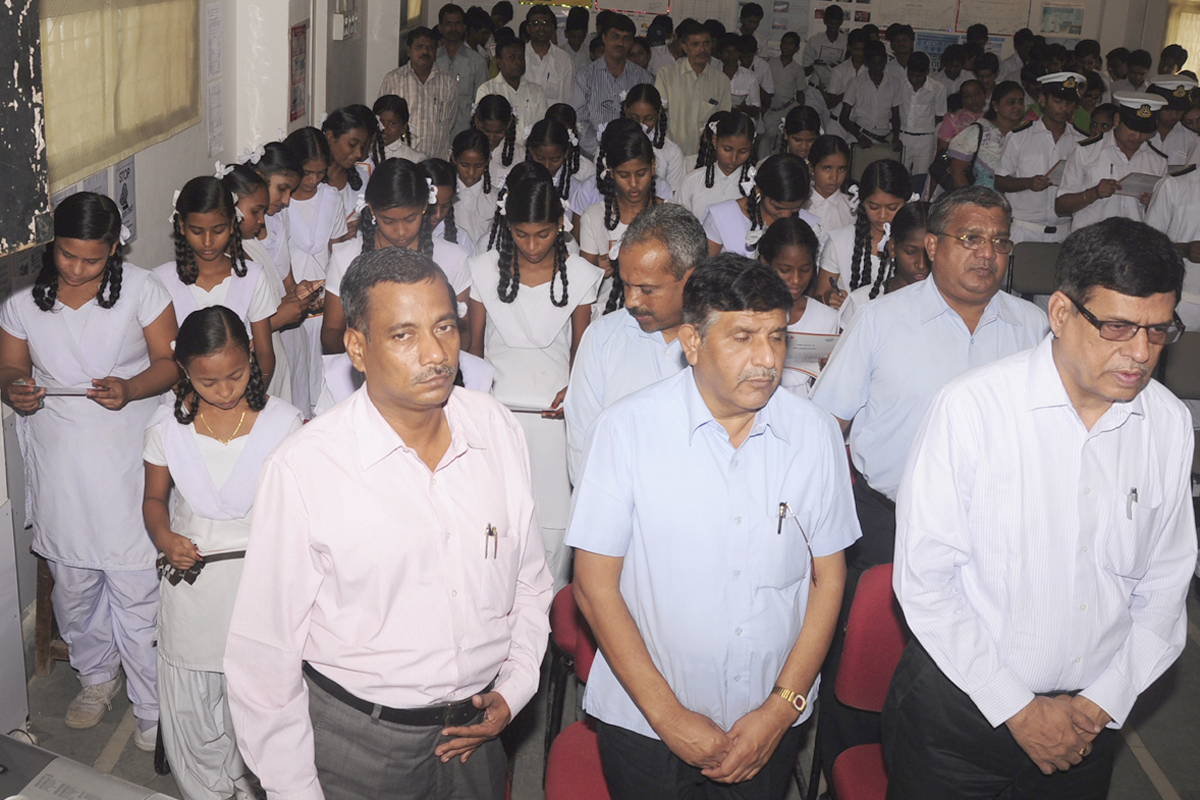“Stakeholder” in general means investor to the organization and is keen to know how the management is using the funds collected from him to ensure maximum returns by way of dividends/bonus shares. Now this term is widely used to represent “sponsor” and “interested party” in organizations. Normally your manager or his manager becomes the “sponsor” as they have entrusted responsibility to carry out certain activities on their behalf and again they become “interested party” as well. The recipient of your services i.e., the “employees” and the vendors who services you also interested party. Most service function work towards satisfying the needs of these stake holders. However we must keep in mind the “investor/owner” at all times, the organization exists because of their continued confidence by bringing investment and working capital. In stakeholder management first step is “identify” them. We did the same for the service function in the first paragraph. Similarly in each of your work area identify the people on whose behalf you work, investor/owner, the recipient of your product or services and the service providers who all help you in the process of creating the end product or service. Second step is to document their needs and expectations. Meet up with them individually or collectively to understand this and prepare a document and share it with the stakeholders so that it is clear to everyone. Analyze their needs and expectations; this will help you to understand whether you are equipped to deliver best results to meet their needs & expectations. Do you need any other resources? Manage expectations: You might be able to initiate action on certain things immediately and few others might require more information, time, cost and efforts. Ensure you set expectations right with clear POA. If possible ensure your POA have the blessings of the stake holders i.e., they are fine with your approach. Example: Service level agreement (SLAs) for employees, contract/agreement for vendors, Strategy/G&O document for your supervisor and owner. Take action: Monitor and ensure action taken as per POA. Set periodic review mechanism to ensure action taken as per the set timelines. Plan ahead of likely hurdles and alternatives to ensure you meet the set timelines. Transparent Communication: This is most important part of stakeholder management. Ensure timely update, if some actions are taking more time than expected update well in advance before they come back seeking an update. Periodic review and repeat the process again: Conduct periodic reviews and obtain feedback on action taken from stakeholders. Transaction feedback is good mechanism to understand the pulse of how things are working from the stakeholder point of view. This is normally done immediately after delivery of services. Example: feedback obtained after your air travel or hotel stay. Once you are close to accomplishing most of POA, repeat the process again. This is an excellent way of ensuring Stakeholder Management.
Some expectations from stakeholders are: 1. Supervisor/Owner/Investor: They look forward to cost management, customer satisfaction and operational excellence. How well you manage the cost to deliver better results without affecting customer service by way of bringing operational excellence in the way you do things. 2. Employees: Consistent delivery of services, process orientation and predictability in service delivery 3. Vendors/Service providers: Well defined scope of service or product specification, Feedback on their product/service, payment as per agreed terms and transparent transactions and communication. CEO says that upkeep and maintenance of the facility needs improvement, employees complain about inconsistency in delivery of services and the vendor approach with a request to make on time payment. For facility manager I am sure this is very common thing to hear from the respective stakeholders. We followed the stakeholder management steps and had very clear POA to address needs and expectations and ensured effective channel of communication. The following are the communication channels and other steps we did: 1. Monthly update to location leadership on things done and planned for the next month 2. Quarterly organization wide “Newsletter” 3. Meticulous preparation of facility “Snag” list by team and addressing them proactively 4. Helpdesk: call logging system and voice support to address employee requirements on 24/7 basis 5. Meet up with leadership team 1 on 1 and provide update and obtain feedback 6. For critical projects we have weekly or fortnightly meetings set up to address their needs/expectations. 7. All vendors have contract/agreement in place, clear process followed in selection of vendors. Mostly vendors get their payment on time.
“Effective leadership is putting first thing first. Effective management is discipline, carrying it out”---Stephen R Covey

